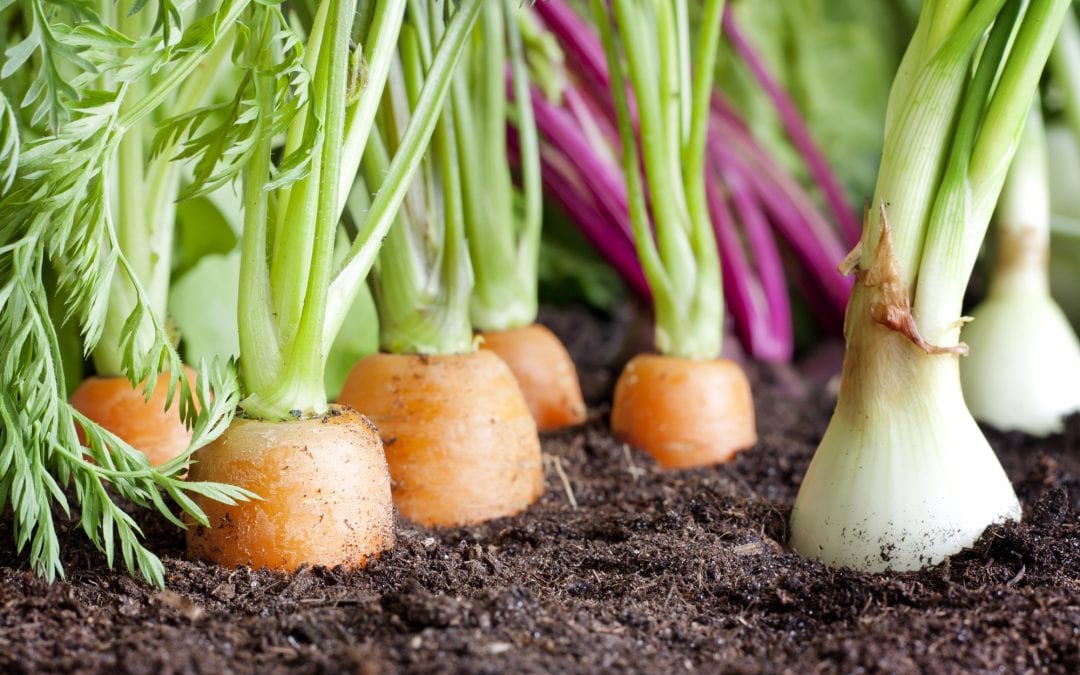When most people think of starting a garden, springtime comes to mind. Unfortunately, not all garden enthusiasts can put aside time to plan their garden in time for the spring deadline. If you’re one of these late bloomers, you’re in luck. You can still enjoy planting a garden before the year ends if you start a fall garden. Below, you will find four tips on how to start your fall garden and how to care for it.
1. Pick Your Plants
Not every flower or vegetable is suited to be grown during the fall, so it’s important to pick your plants wisely when you start a fall garden. One thing to keep in mind is that the fall season tends to bring evening frosts which can kill certain plants. This is why the plants you choose to place in your fall garden should have a healthy tolerance for cold weather. For a fall vegetable garden, some hardy choices are leeks, cabbage, broccoli, spinach, and radishes. If you want flowers in your fall garden, some prime choices are pansies, Blue Star Amsonia, and Caryopteris.
2. Ready the Seeds
Similar to the way you start your spring garden, your fall seeds must be given the proper care in order to grow to their fullest and healthiest bloom. Some seeds can be planted directly in your garden, covered with dirt, and regularly watered to be left to grow in their own time. Other seeds might need to be started first in flats inside of your home and be transplanted into your garden once ready. Follow the instructions on the seed packet for your specific zone for the best results.
3. Start A Fall Garden By Preparing The Soil
Once you’ve chosen the best plants for your fall garden and properly prepared the seeds, it’s time to get your garden area ready. If you decide to reuse the same area that held your spring garden, you’ll need to do some cleanup before the fall seeds and plants can be added. Start by pulling out any old or rotted spring plants and any weeds that will end up robbing your baby plants of nutrients and water. It’s also a good idea to add extra nutrients to the soil using organic compost since the spring plants likely depleted the soil of nutrients. If you’re using a new area to start a fall garden, make sure that the area is free of weeds and receives plenty of sunlight for the health of your plants.
4. Arrange The Plants Accordingly
One important thing to keep in mind regarding your fall garden is that certain plants will grow tall while others will remain close to the soil and grow outwards. You should do research on each of the plants you place in your garden to learn about any specific growing needs they may have. Some plants will need more room to grow outwards while other plants may require a lattice or a wooden stake to cling to while they grow. Once you determine any special needs your plants have, arrange them accordingly in the garden so that short plants will receive plenty of sunlight and not be covered by taller plants.
Highland Home Inspections serves the Greater Boston area with home inspection services. Contact us to schedule an appointment.

